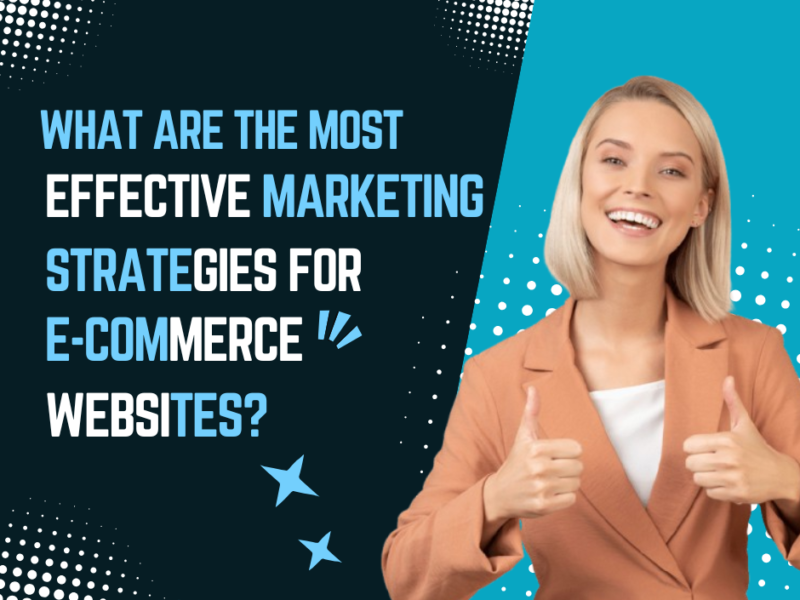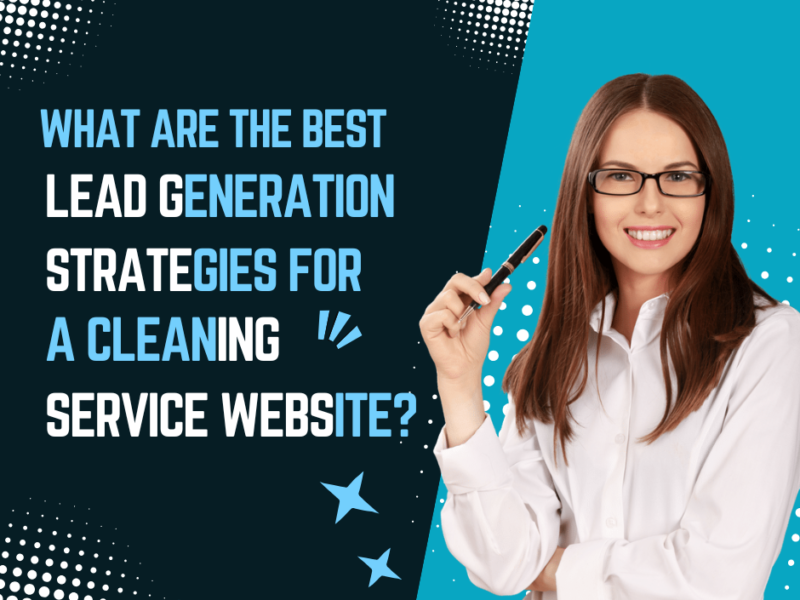
Days
Hours
Minutes
Seconds
Your Deal is Expired
|
|

Edit Content

As a leading online marketing company, always focuses on changing and improving businesses and their outcome.
Where to find us
- SN-3, First floor, ratauli road, near Town park, Bank Colony
- herry@hanuitsolutions.com
- +917082069620
Working Hours
- Mon-Sat : 9:00am - 6:00pm
- Sunday - Closed
Get In Touch
Facebook-square
Instagram
Linkedin
Category: Design

How to Choose the Best Professional Web Design Services for Your BusinessA well-designed website is...

What Are the Best Figma Plugins for Designers in 2025?Figma has become an essential tool for designers...

What Are the Most Effective Marketing Strategies for E-Commerce Websites?In today’s highly competitive...

What Are the Best Lead Generation Strategies for a Cleaning Service Website?
The Best Lead Generation...

Top Website Design & Development Services for Modern Businesses
In today’s fast-paced digital world,...

What Are the Best Web Design Services for Small Businesses in March 2025?
In today’s fast-paced digital...

Best Dental Clinic Website Builder – Create Professional Dental Websites with HanuiT Solutions
In today’s...

What Are the Latest Website Design Trends for Construction Companies in 2025?
In today’s fast-paced digital...
No posts found

